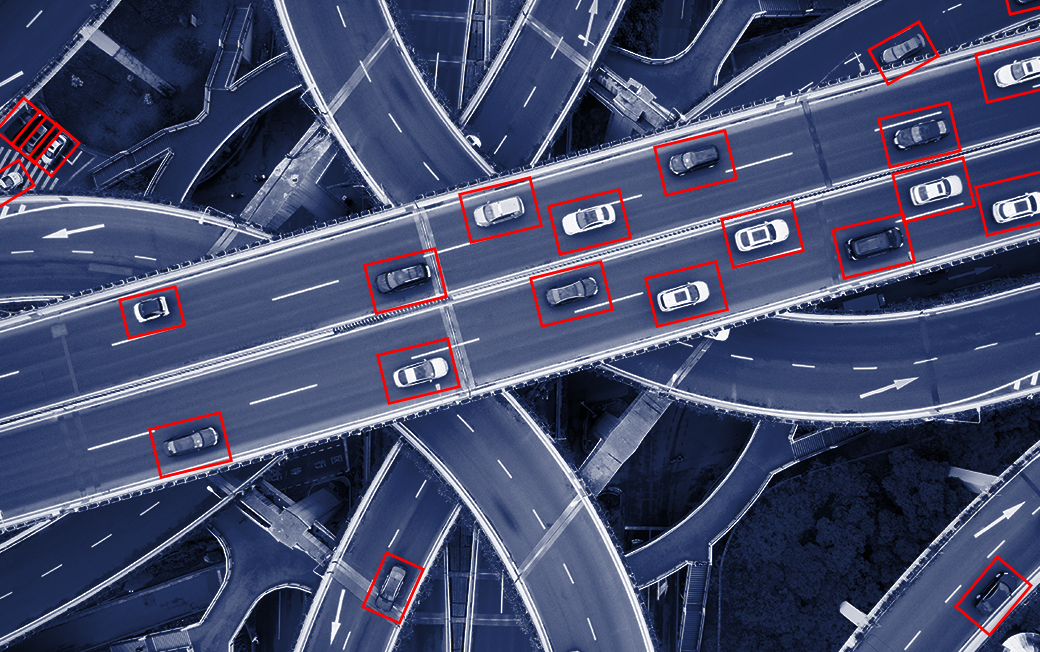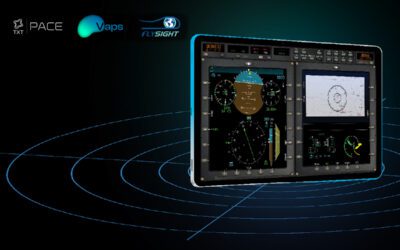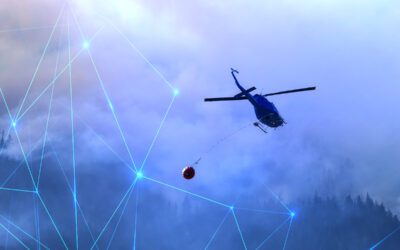For emergency services, having an ‘eye in the sky’ is integral to operations. Whether identifying a suspect vehicle on an open road or seeking and locating an injured person in a remote area, automatic target detection classification and identification is now an accepted and even essential part of daily operations. The advent of artificial intelligence that can use adaptive learning techniques to expand its database organically is an even more critical advancement that has revolutionised helicopter participation in both civilian and military operations.
The three elements of automatic target recognition
There are three elements involved in these essential onboard systems:
Detection
Without an effective detection system, the rest of the package is useless. To access this, ATR or Automatic Target Recognition systems are programmed to detect multiple targets in a confined area or selectively isolate single targets. Using a real-time video stream of up to a 30fps framerate, the data is processed by an artificial intelligence system that detects the target object/s.
Classification
To be truly effective, the system must know what it’s “looking” at. This is where the classification element comes in. A detected item can be classified depending on its onscreen size or other pre-programmed parameters. So, for example, if a helicopter is asked to track a large van, the system can identify the size parameters and eliminate any other vehicles (or even background clutter data such as pedestrians) that do not fit in with the designated confines. This enables the operator and the system to track more efficiently, even over a larger distance or in complex, multi-target terrain. Put simply, the system can pick out a van in a stream of traffic on a highway based on the size and definition parameters that it already has programmed into its matrix.
Tracking
Once an object has been detected and classified, the next step is to track it. Because these ATR systems use the very latest in artificial intelligence, they can track multiple small targets or a single one, depending on the requirements. As the AI system comes ready-programmed with data sets that it can access and cross-reference, effective tracking can happen in real-time with minimal deviations or dropouts.
What about false data?
With an ATR and tracking system, there is always the concern that there may be ‘false alarms’ or false data. Indeed, this is one of the significant concerns expressed by the public when the use of ATR systems is discussed and does have implications regarding the privacy of individuals. From an operator’s perspective, there is also the issue that false data and background clutter can slow down the process. Flaws have been discovered with some systems that, for example, have problems recognising and distinguishing the faces of people of colour.
However, as AI develops and advances, these issues are being ironed out. Primarily, when ATR systems are used to identify individuals rather than vehicles, the scenario will often include a less congested environment, for example, search and rescue missions in remote locations. In this instance, the system may only have to identify a single target in an open landscape, making it much more reliable and accurate.
In urban environments, there may still be some issues with false data, but by using an AI-based system alongside an experienced human operator, the erroneous data can be eliminated quite easily.
In the future, the one area of ATR that still needs to be refined is clutter. This is a subjective issue because there is no actual metric to define what is clutter and what is required data. Because these systems are being used in low altitude helicopters, atmospheric attenuation is minimised. But image clarity and the ability to refine the data to narrow down a specific target is an ongoing process that will result in better, faster, and more accurate ATR systems in the future.







